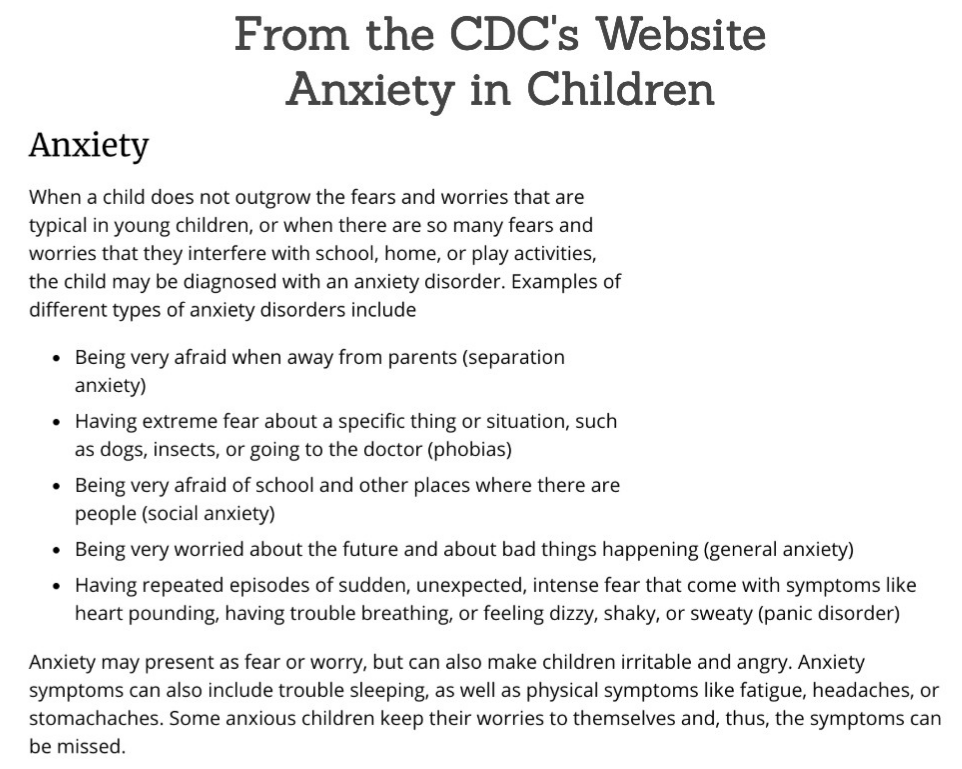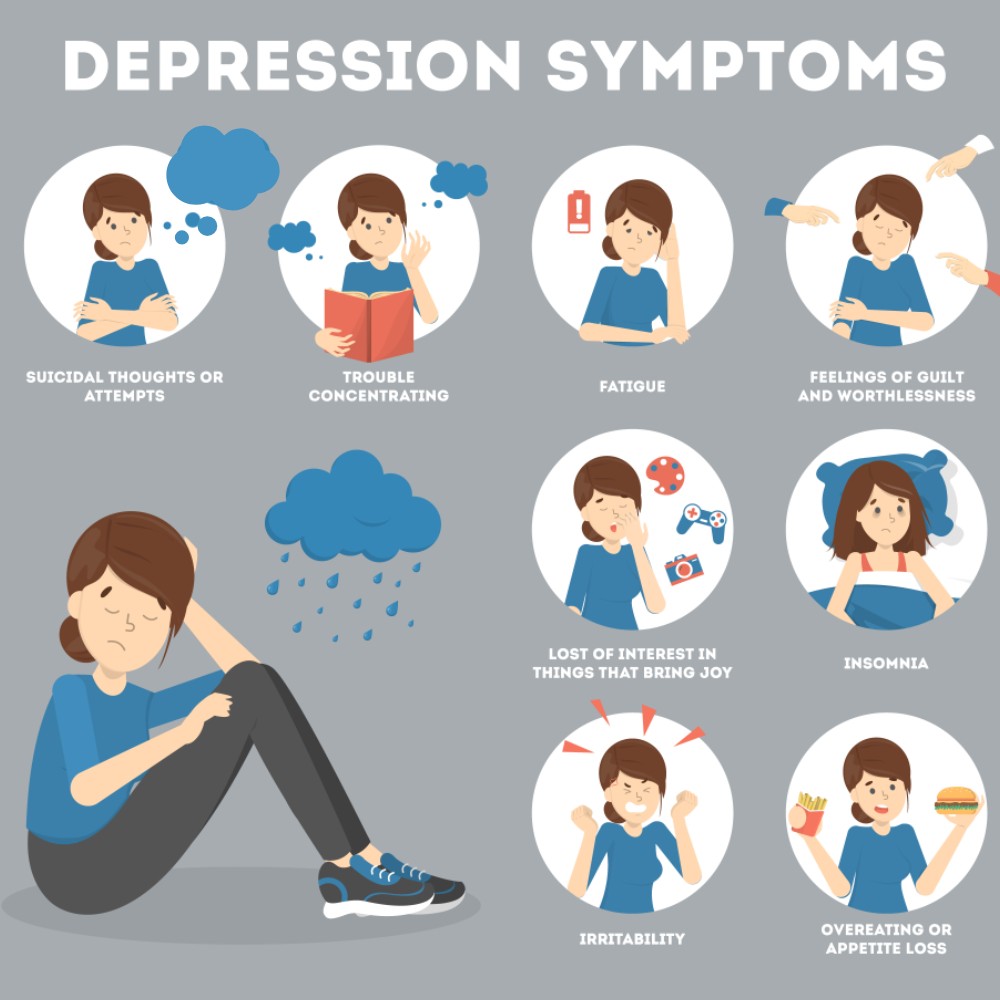The year 2020 gives new meaning to the word selfie! Taking a selfie used to be normal, but now it’s a reflection of how alone everyone is. Millions of people worldwide are afraid of get togethers, or if not afraid, then in fear of breaking their state’s law. California has a new “stay at home” (lockdown) order which started last week (December 4, 2020).
Not everyone of course, millions of us are going about our business being cautious, socially distancing and tolerating the new ‘normal’ as much as possible. But some people, millions are living with a nagging anxiety, which is a risk factor for self-harm. As the holidays approach, the anxiety and stress becomes more evident.
And whether that’s because of physical separation (ie COVID restrictions) and fear of contracting it or spreading it to a loved one… or perhaps being widowed, or being geographically distant from loved ones… well, it doesn’t matter WHY, it matters that it is happening to you. And the stress and despair is real. Long-term despair can take a toll and thoughts of getting out of this start to feel like a viable option.
A new alarming study has been published that shows the devastating effects of social isolation and consequently, increases in death due to suicide. More specifically, the article published in the December 3rd issue of JAMA Psychiatry reviewed data from recent prior years and characterized a crystal clear and disturbing trend of overdose deaths. All of them related to isolation from the pandemic. As of this writing, almost a million people have committed suicide and you can see the real-time ticker HERE.
Government reports show that in Japan, more people died from suicide in October than from COVID-19 in all of 2020, the rise of about 7.7% in August (which is interesting because at the start of the pandemic, Japan’s rate was very low). A majority were women. And a CDC report shows more than 40% of American adults say they’ve had at least 1 mental health event – a percentage of that is leading to suicide. Not all the papers written about suicide stemming from the pandemic are peer-reviewed, some are written with bias, or without merit. You can find out more from the 2020 article entitled “Trends in Suicide During the COVID-19 Pandemic” published recently in the British Medical Journal.
The Sad Side Effect of 2020
While every adult understands the need to have flattened the curve, paramedics and front-line health care professionals have echoed the troubling suicide trend. It is only going to get worse through the holidays as it often does when loneliness and isolation become more desperate.
The “winter blues” as in Seasonal Affective Disorder is common in certain regions of the world where dark days permeate much of the 24-hour cycle, and Vitamin D is considered one natural approach to this. You may want to read about other Unusual Symptoms of D Deficiency by CLICKING HERE.
If your mind is wandering and imagining a senior in a rocking chair by the fireplace, holding his cat, sitting all alone and missing his recently departed wife, you’d be way off base. Not that elderly are excluded, they are not, they are in fact one of the most vulnerable. But my point is that according to the newest research, overdose-related suicides are mostly affecting middle-aged people and young adults. In fact, contemplating a handful of pills is something that impacts our children according to a STUDY published in Journal of the American Academy of Child and Adolescent Psychiatry (JAACAP) in November 2020.

Researchers of the (JAACAP) came to the grim conclusion that kids are going to become more depressed and anxious during and after the 2020 home isolation trend ends. Clinical services, prescriptions, psychiatrists and other support may be needed throughout the lives of our adolescents due to the increase in mental health problems occurring right now. Keeping the lines of communication open are important as you know.
For those who continue to struggle over time, parents, family members, social services, counselors, schools and even doctors will all have to be more available to help with the struggle. The loneliness has become a pandemic itself! We need to keep looking forward because at some point this WILL be over, but until then, it’s good to be aware that your children may be silently suffering the mental burden, anxiety, PTSD and other emotional impact of not having a whole lot of human to human contact. It’s one of many side effects of 2020.
The Struggle is Real.
Emerging and compelling evidence shows the epidemic of loneliness in the US affects about one-third of adults in the United States. It will take years to deprogram ourselves from the impact of all these drastic, sudden changes.
The impact of isolation is worse if that person is a tired caregiver (feeling no support), or facing the imminent loss of a terminally ill loved one, or if suffering from disability or chronic illness. Moreover, the suicidal ideation becomes more intense and frequent for those living alone, in strained unloving relationships, or without any form of social activity.
Loneliness and isolation is much worse for people who have mental health conditions such as depression, grief, chronic pain, fatigue, anxiety, bipolar, insomnia and/or substance abuse. Loneliness is more likely to occur in people who abuse drugs/alcohol according to THIS. Add in COVID restrictions and it’s a perfect (horrible) storm of loneliness. If you’re interested in natural approaches to mood and emotional health, read my other article, What Works Better than Antidepressants. Also, if you’d like to read about anxiety and the connection to selenium, CLICK HERE.
Social Media’s Impact.
You would think that social media engagement reduces feelings of anxiety and isolation, however, it’s just the opposite for many people. Social media fuels feelings of depression, anxiety, envy and loneliness. I think Facebook is the original social distancing app! Think about it, with Facebook you don’t have to relate to another human being if you can hide behind a screen and post only the good stuff (all the while your life is in disarray. Perhaps even falling apart). People who are on your page may suddenly feel horribly isolated themselves, perhaps because they themselves do not have as many friends, or such good times, the same wealth, or those perfect meals displayed on some posts.
Many posts are narcissistic if you think about it. If perusing a newsfeed at the ‘wrong’ time while in intractable pain, or disabled or grieving…. when social media could (and does) drive a person to do the unthinkable! It is not as social or ‘connecting’ as most people think. In fact, Facebook themselves tried to determine your mental status in 2019, to assess SUICIDE risk, but after privacy concerns, backed off.
One more note about Facebook and the negative impact on adolescent emotions, a STUDY concluded with, “Our results indicated that Self-Esteem was negatively related to Frequency of Status Updates, Facebook Intensity and Update Intensity; suggesting that the more frequently people go on Facebook and update their status and the more meaning they attribute to having Facebook/status updates in their lives, the lower their self-esteem.”
To my point about people in the US (of all ages) experiencing higher rates of suicide or even considering it (termed “suicidal ideation”)… if we all do something unexpected… something nice today for someone, perhaps a neighbor, a cashier you meet, a relative you haven’t spoke to in a while… maybe it will change their mind. You simply never know what a person is thinking, do you?

This reminds me of a friend of a friend who reached out to me 2 years ago. I had no idea that he was in trouble. To give you context, he had texted me probably 4 times that whole year and I didn’t know him very well. So I didn’t realize he was at a breaking point and contemplating the end. Nothing in his text was suggestive of this. I wasn’t even sure why he was writing me all of a sudden to be honest but I responded with thoughtful comments. All he wanted (and I see this in retrospect) was to feel connected to someone… to anyone… probably to a bunch of us that day. A few days later I heard he had killed himself (and overdose) due to him feeling very isolated, alone and rejected. He lived by himself and had just lost his job and girlfriend. He felt helpless and alone like many people today do. May his soul rest in peace.
So as you move about your day today, think about what you can do for someone, even a stranger. (It may be on their mind). The United States is seeing shocking rises in suicide! It’s not just overdosing which has skyrocketed either, although that rate is 50% higher than the past two years according to the Journal of the American Medical Association.
According to Dr. Joseph Friedman, the lead researcher, ”What that says to me is that social isolation is playing an important role here,” while also acknowledging the need for states to restrict mobility in the spring of 2020.
We don’t have all the details, and we don’t need them. I mean we do not know what drugs were used most frequently for overdosing, or even what dosage or method. We don’t know if the heart attacks were all fatal or completely disabling.
We can all be more vigilant about staying in touch with our loved ones, relatives, and friends. We can all be a little more generous with those ‘random acts of kindness.’ We simply don’t know what head space another person is in, especially if they’ve been living in fear of the virus, and in fear of giving it, or contracting it. All of this fear in 2020 is taking a toll on our health. Anxiety is running high and COVID is exacerbating an overdose crisis that was already in full swing!
Dopamine and other data.
While the are busy collecting data and researching what isolation and social disconnectedness do to humans, we all have the capability of easing the loneliness of someone else. As we go through profound changes to our social life, and learn to conduct a social life without actually being together, we are going to see the relationships crumble. True, we may still aggregate ourselves and live in homes within communities or complexes, but it’s a lot different as you know.
Many people are still holed up. It’s hard to imagine how toddlers today will grow up and relate to one another the way you and I did prior to 2020. Bonding will be so difficult to achieve, for every age group especially babies who don’t see their mother’s faces as much.
Scientific researchers have published articles on social isolation and how it impacts dopaminergic and serotonergic neurons which are two pathways in the body that create dopamine and serotonin (respectively). They found in animal studies that activation of these pathways motivates the animals to seek out social engagement with other animals.
What can you do.
It’s really not difficult to ease someone’s loneliness if you choose to. And if time constrains you from reaching everyone in your contact list, just focus on the people who you think are the most vulnerable.
There are many things you can do, or inspire another to do to ease the loneliness. One scientifically proven method is to join a group exercise class. It’s been shown that people experience less loneliness and isolation. This research was conducted prior to the coronavirus pandemic. Since going to the gym may not be an option for you, there are online zoom classes available. I’ve seen them and done them myself for Zumba.
There are painting classes now available online.
We have phones for that matter. Pick it up and call. Don’t wait for the “right” time.
Here’s another idea, put a few flowers on the porch or doorstep of someone you care about. If you can’t drive, drop them off at your neighbor’s house. Go one step further and make extra cookies or another pie, and put it at your neighbor’s doorstep (as long as that doesn’t freak them out).
Keeping it simpler, you can just let someone know with a voicemail. You can text or “whatsapp” people cute memes and quotes or even just an emoji to let them know you’re thinking of them. And if you have grudges with family members, two simple words can do a lot of healing, “I’m sorry.”
Prayer, meditation, walks or bike rides in nature, or a walk during sunrise or sunset are ways to cope now. Reading books and videos/movies that are enriching are also good. Help someone decorate or put up a Christmas tree, or holiday decoration, or some lights.
What about traveling you to see someone who is desperate or alone? I’m all for it so long as both parties agree and feel safe! You can travel if your state permits it, and your comfort level does too (you and the other party).
Not everyone is staying home cooped up anymore. Some of us have ventured out into the world again, using caution of course. We have plenty of masks, and we have sanitizers and we know the survival rate is very high. So if you are desperate to see a loved on, go do it.
In Closing…
Whatever you do, and wherever you go, loneliness is a real problem now, the statistics are proving that suicides are skyrocketing in every age group. Since the time that you’ve read this article (about 10 minutes), about 15 people have just ended their lives, literally in these past few minutes! That is very shocking and sobering statistic. That statistic is based in part by the World Health Organization and Worldometers which keeps the death count in real time.
So please tell someone you care about them today. And if you cannot be with them for the holidays, make sure you tell them how much you miss them. Send a card or gift, and assure those vulnerable people that you are available by phone or text at all times. I just recently told a grieving friend that I would leave my cell phone on all night long for her. I worry about her. She just lost her husband a few weeks ago so coming into the holidays is going to be really tough for her. I had her over for Thanksgiving, but one meal on one day isn’t enough.
Loneliness is a real issue for many people. Remember, it’s very hard to tell what kind of head space a person is because when you are with them, they are probably happy to see you. Also most people just suffer through the sadness, and put on their brave face because they don’t want to come off as a victim, or as frail or weak. But that is not the truth, that is perception. Keep your eye on as many people as you can until we get to happier times.

Suzy Cohen, has been a licensed pharmacist for over 30 years and believes the best approach to chronic illness is a combination of natural medicine and conventional. She founded her own dietary supplement company specializing in custom-formulas, some of which have patents. With a special focus on functional medicine, thyroid health and drug nutrient depletion, Suzy is the author of several related books including Thyroid Healthy, Drug Muggers, Diabetes Without Drugs, and a nationally syndicated column.
